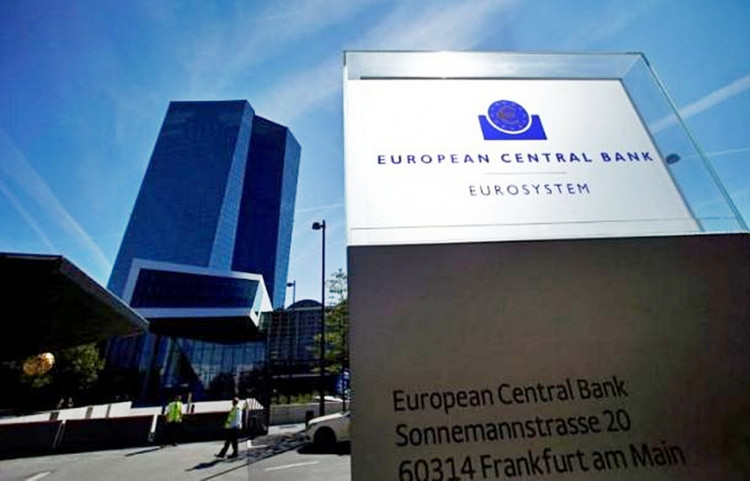The European Central Bank (ECB) is on the brink of implementing an interest rate cut next week, following significant signals from key officials. Olli Rehn, a member of the ECB's Governing Council and the head of Finland's central bank, emphasized the sustained decline in inflation within the euro area, suggesting that conditions are favorable for easing monetary policy.
"In light of this disinflationary trend, inflation is converging towards our 2% target in a sustained manner," Rehn remarked during a speech published on the Finnish central bank's website. "The time is thus ripe in June to ease the monetary policy stance and start cutting rates," he added, contingent on the continuation of this trend and stability in geopolitical and energy sectors.
Inflation in the eurozone remained steady at 2.4% in April, marking the seventh consecutive month below the 3% threshold, despite a slight uptick in December. The forthcoming inflation figures for May, due on Friday, will be critical in confirming this trend.
Supporting Rehn's stance, ECB Chief Economist Philip Lane told the Financial Times, "Barring major surprises, at this point in time there is enough in what we see to remove the top level of restriction." Lane's comments reinforce the growing consensus within the ECB to initiate a rate cut at their next meeting on June 6.
Market expectations align with these sentiments, indicating a strong likelihood of a quarter-percentage-point reduction in the ECB's main rate, currently at 4%. This anticipated move contrasts with the U.S. Federal Reserve's more cautious approach, where discussions about rate cuts remain uncertain.
"The Fed and the ECB look set to decouple, with an ECB cut likely in June while bracing for high-for-longer in the U.S.," Bank of America economists led by Claudio Irigoyen noted in a recent report. The divergence in monetary policy strategies between the two central banks is becoming more pronounced.
In the United States, the debate over the timing of rate cuts is ongoing. Recent strong economic and labor data led Goldman Sachs to delay its forecast for a Fed rate cut from July to September. Minutes from the Fed's latest policy meeting reflected uncertainty among policymakers about the appropriate timing for easing.
Bank of America's Irigoyen stated that recent communications and meeting minutes from the Fed indicate that U.S. rate cuts are not imminent. "We think that ECB and Fed rate cut cycles will differ, a lot," he concluded.
Adding to the ECB's dovish outlook, Francois Villeroy de Galhau, another prominent ECB policymaker and governor of the French central bank, highlighted the ample room for rate cuts in a recent interview with the German newspaper Boersen Zeitung. Villeroy described the expected rate cut in June as a "done deal" and advocated for flexibility in subsequent policy adjustments.
"I don't say that we should commit already on July, but let us keep our freedom on the timing and pace," Villeroy stated, emphasizing the need for "maximum optionality" post-June. He also noted that market analysts' expectations for a gradual reduction of the ECB's main rate to 2% over time are "not unreasonable."
Despite a recent increase in a key eurozone wage indicator, which injected some uncertainty into the inflation outlook, Villeroy and other policymakers urged caution in over-interpreting this data. "For me, services inflation matters more than wages or margins," Villeroy said, underscoring the broader focus of the ECB's inflation assessment.






